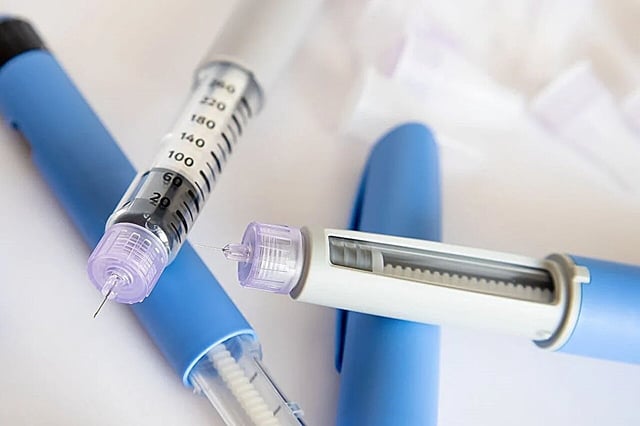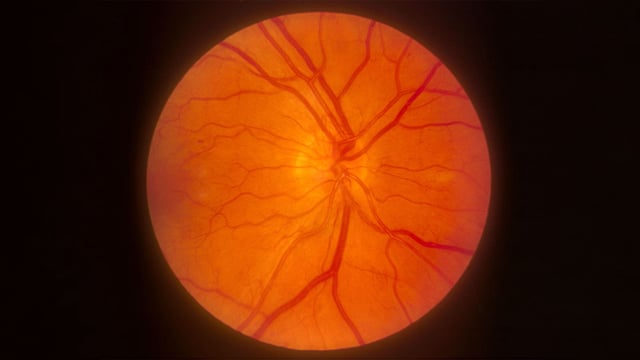Overview
- Two propensity-matched EHR analyses in JAMA Network Open reported a 7% increased risk of new-onset diabetic retinopathy (HR 1.07) among GLP-1 receptor agonist users over two years.
- In semaglutide and tirzepatide cohorts, 35 NAION cases occurred versus 19 in matched controls (0.04% vs 0.02%), yielding an NAION hazard ratio of about 1.76.
- Users of GLP-1 therapies experienced lower rates of sight-threatening diabetic retinopathy complications, including vitreous hemorrhage, neovascular glaucoma and blindness.
- Authors and commentators highlight that the retrospective design and short follow-up preclude causal inference and urge randomized trials and mechanistic studies to clarify risk pathways.
- Building on an EMA ruling that classified NAION as a very rare semaglutide adverse reaction, professional guidance now calls for baseline and routine dilated eye exams for patients starting or intensifying GLP-1 treatment.



